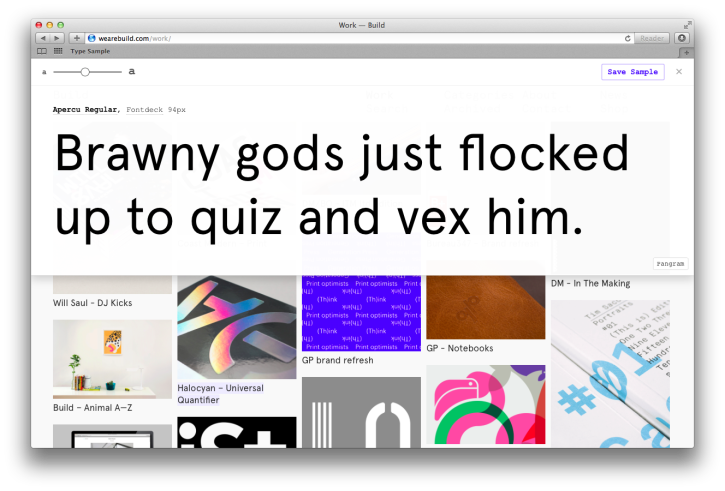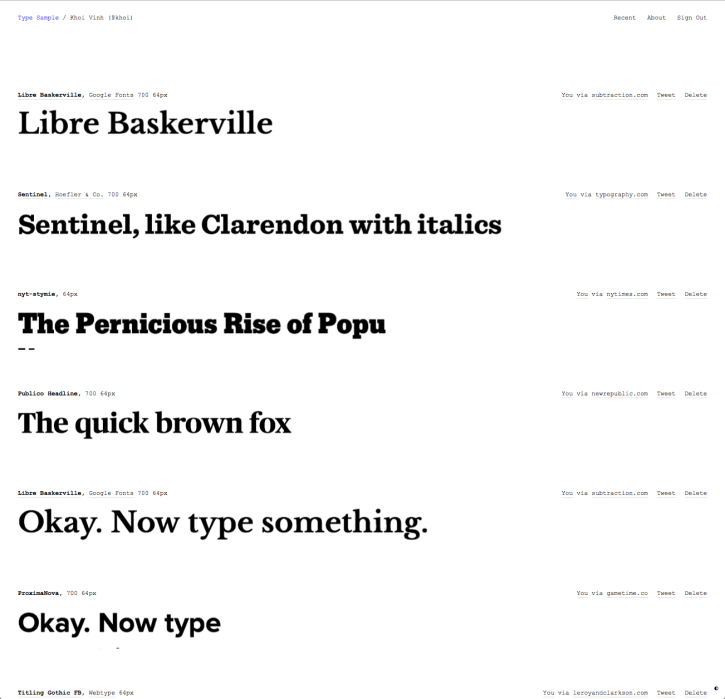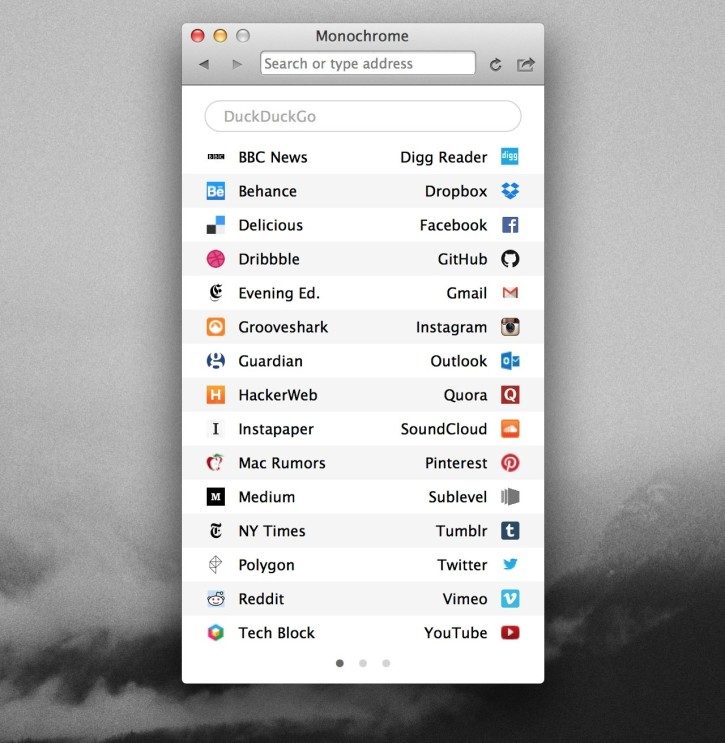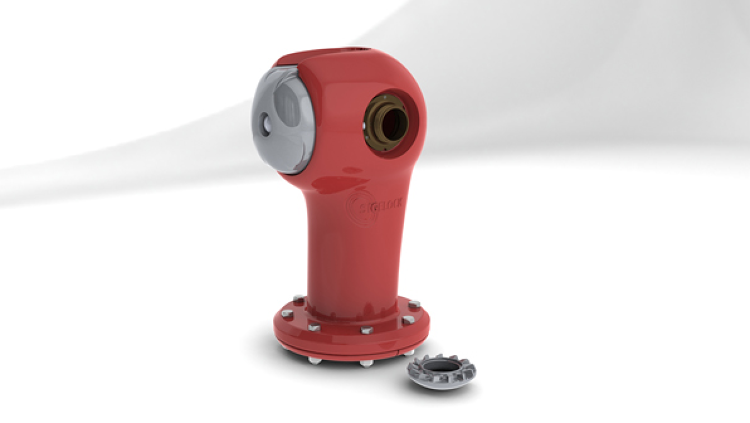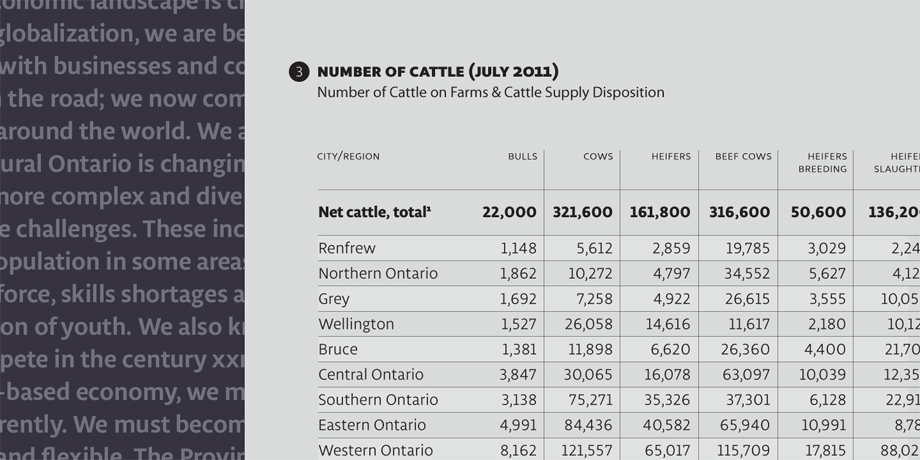The alternate title for this post is “Lessons from Mixel That We Applied to Kidpost.” It’s longish.
The best bit of feedback that we’ve gotten to our Kidpost public beta is the recognition that Kidpost aims to be extremely compatible with—even deferential to—existing user habits. When people express their delight with that fact, it makes us feel great. This is true for me particularly, because it directly relates to one of the hardest lessons I learned from my failed startup, Mixel: Asking users to adopt new behaviors or even modify their existing behaviors is very, very hard.
At Mixel, one of the things that doomed us was the very thing that infatuated us so much from the outset: the amazing possibilities inherent in creating a wholly new kind of content that merged aspects of visual collage, photo sharing and remix culture. We thought it was a brilliant idea, obviously, but the cold truth was that only a small number of people agreed with us. Actually, it’s more accurate to say that a majority of people just didn’t see how it fit into their own lives. The things we asked people to do with Mixel were fundamentally foreign to the way most people conducted their days, to the way that they were already using their devices, to their existing habits.
I don’t mean to say that you can’t change user behaviors, or that you can’t engender new ones. Clearly, you can if you build a “what the world was waiting for” kind of product. Instagram is one of the best recent examples of that, in my opinion. It identified a sweet spot at the intersection of social sharing and taking pictures with your phone, and it turned millions of people into iPhoneographers, or whatever you want to call them. That insight produced a new behavior, one that many people have taken to with obsessive dedication. It’s a major achievement, but it was a behavior that people were practically primed to adopt.
…
It’s also entirely possible to build products that change the way people think about the world, and if you’re successful millions of people will change their habits to complement what you’ve built, instead of the reverse. This is what Twitter did, though of course that story is much more complicated than just dropping a huge, epiphanic truth bomb on the masses and having everyone suddenly recognize the life-altering benefits of tweeting, retweeting and hashtagging.
Products that change user behaviors, which is what Twitter always has been and in retrospect is what Mixel was trying to be, require tremendous effort. They almost always take lots of iteration, lots of manpower, and lots and lots of money. Actually their success tends to be just one part product and, say, nine parts everything else that makes for a great company, particularly marketing. That’s not to take away from the intrinsic importance of the products themselves, but rather to emphasize how much credible, widespread and persistent persuasion is necessary for people to change their existing habits.
Twitter has always been an amazing if imperfect product, in my view, but among other things it benefited tremendously from its outrageously successful marketing—the countless hashtags splayed all over televisions and movies, the endless number of celebrities hawking their Twitter accounts, the innumerable ways that the media found to constantly remind us that Twitter was changing our lives. That phenomenon had its roots in genuine merit, it’s true, but it was not entirely organic either. Twitter-mania was the direct result of millions of dollars of venture capital and untold man hours dedicated towards convincing us to give Twitter a try, and if it didn’t take the first time, then to give it another try, and another, and another, until the service had amassed hundreds of millions of users who had all decided to modify their existing habits to fit Twitter into their lives.
Continue Reading …
+





